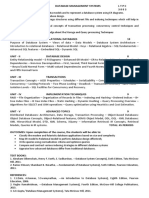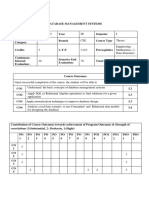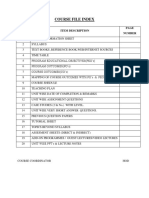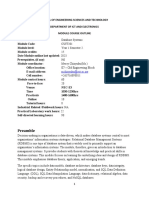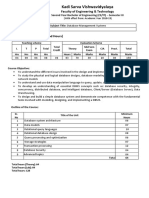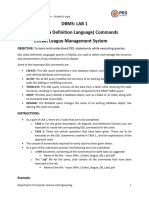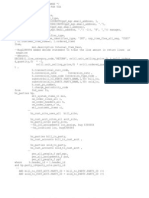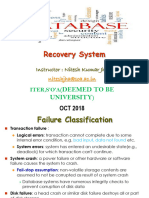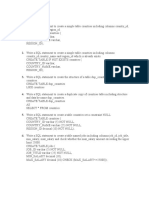0% found this document useful (0 votes)
37 views3 pages422cit03 DBMS
The document outlines the course structure for 'Database Management System' under the Department of Information Technology, detailing course objectives, units of study, and outcomes. It covers topics such as relational databases, database design, transactions, implementation techniques, and advanced topics like distributed databases and database security. Additionally, it lists required textbooks and reference materials for the course.
Uploaded by
saifafnan221Copyright
© © All Rights Reserved
We take content rights seriously. If you suspect this is your content, claim it here.
Available Formats
Download as DOC, PDF, TXT or read online on Scribd
0% found this document useful (0 votes)
37 views3 pages422cit03 DBMS
The document outlines the course structure for 'Database Management System' under the Department of Information Technology, detailing course objectives, units of study, and outcomes. It covers topics such as relational databases, database design, transactions, implementation techniques, and advanced topics like distributed databases and database security. Additionally, it lists required textbooks and reference materials for the course.
Uploaded by
saifafnan221Copyright
© © All Rights Reserved
We take content rights seriously. If you suspect this is your content, claim it here.
Available Formats
Download as DOC, PDF, TXT or read online on Scribd
/ 3










